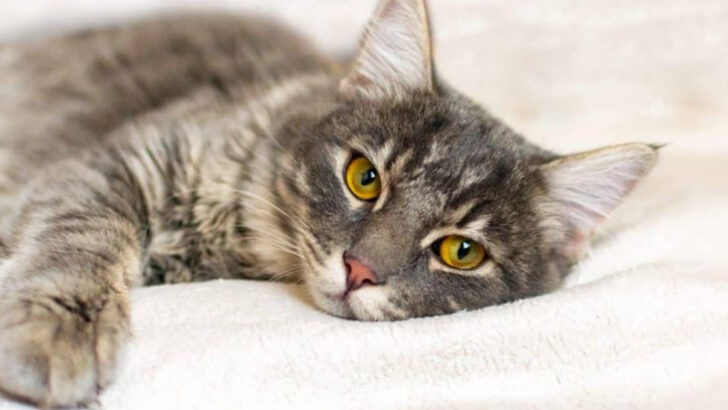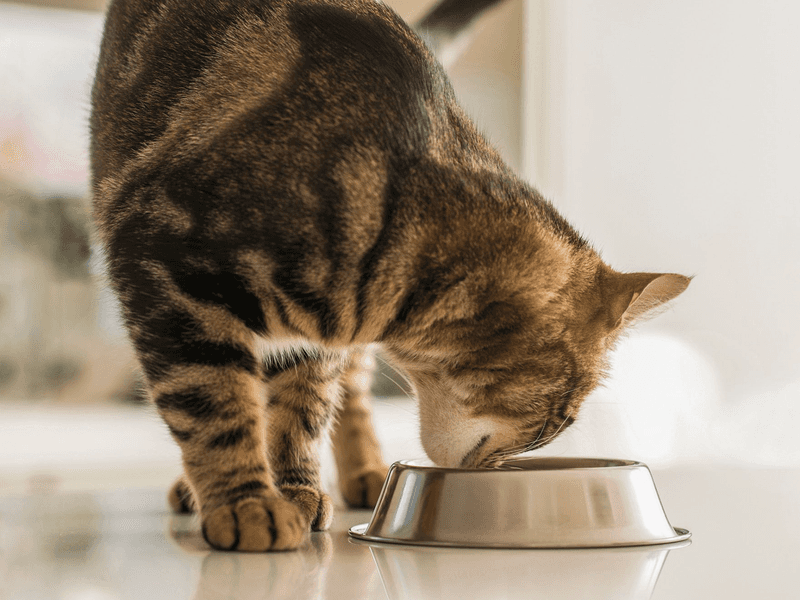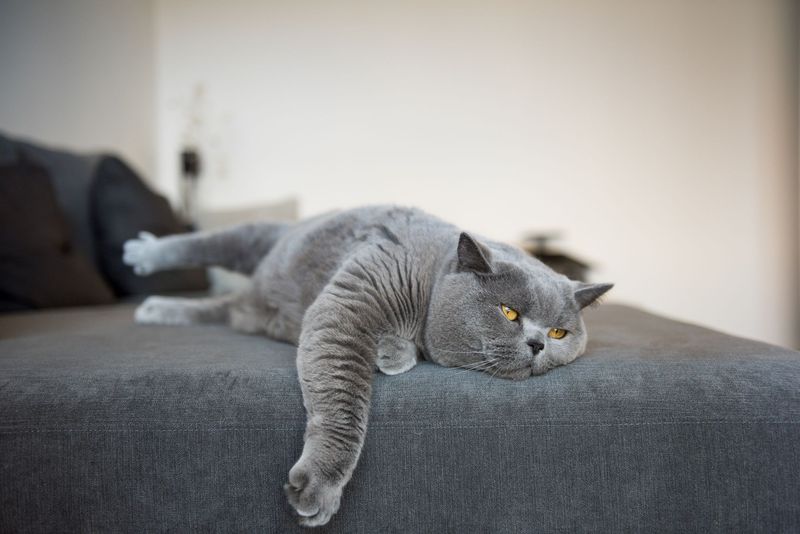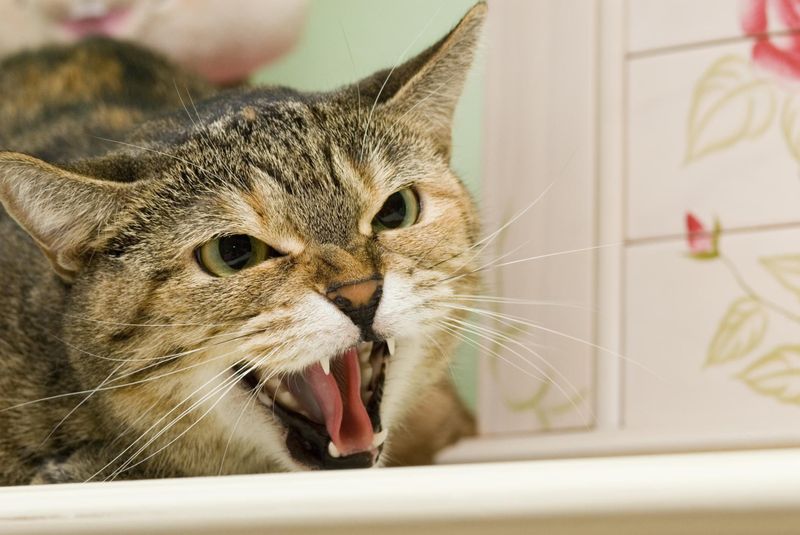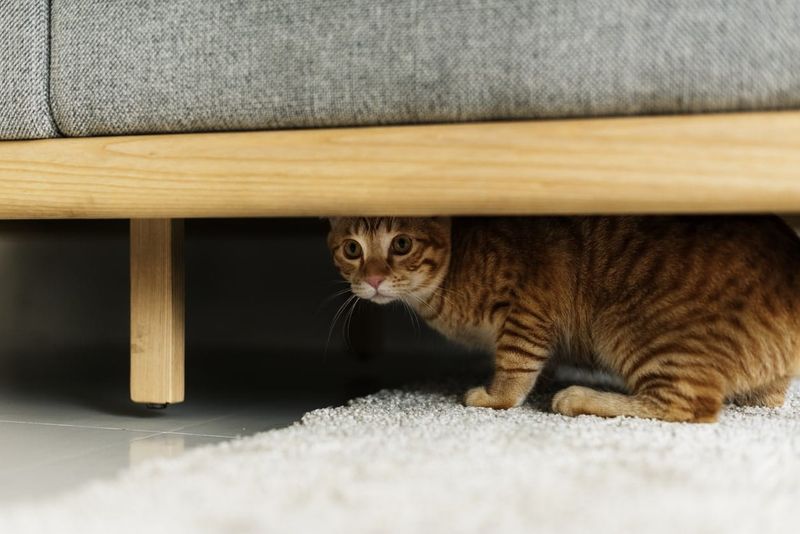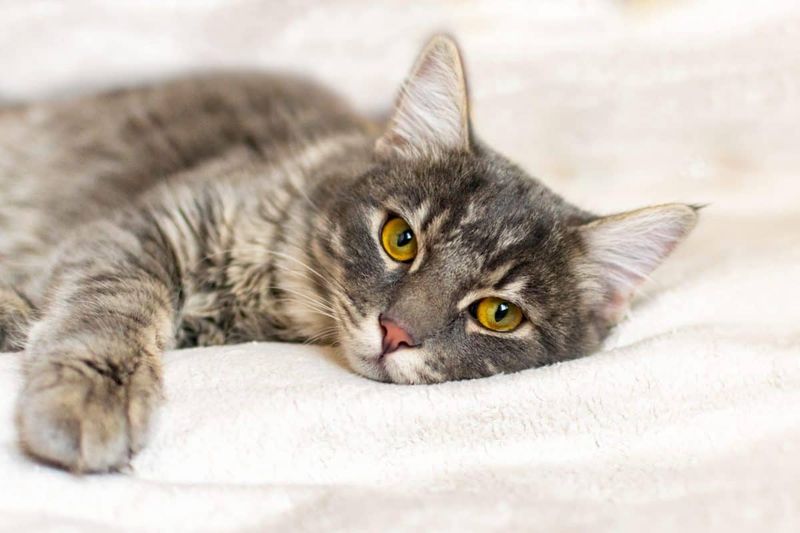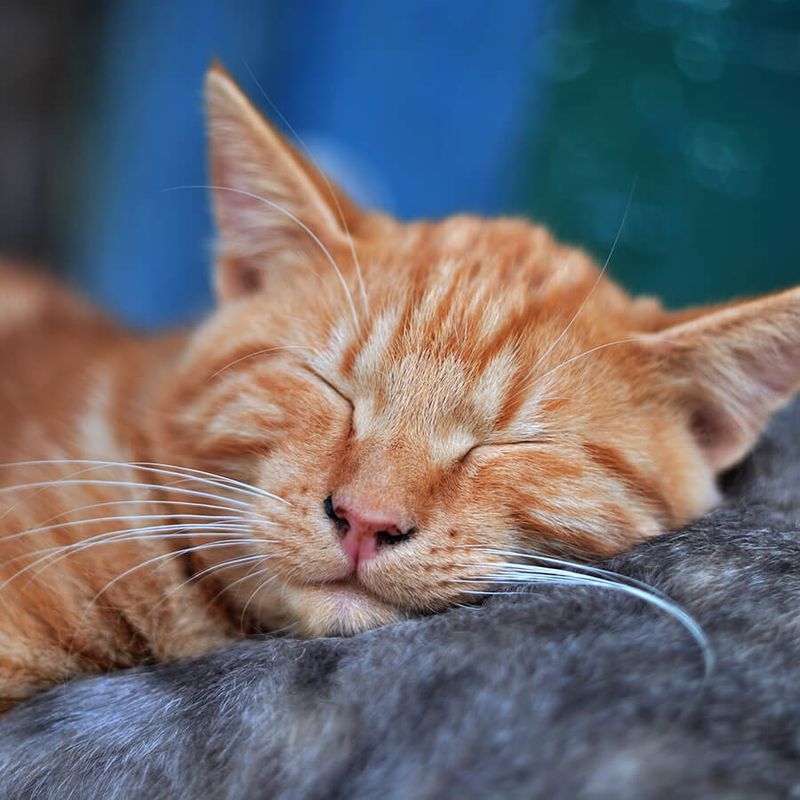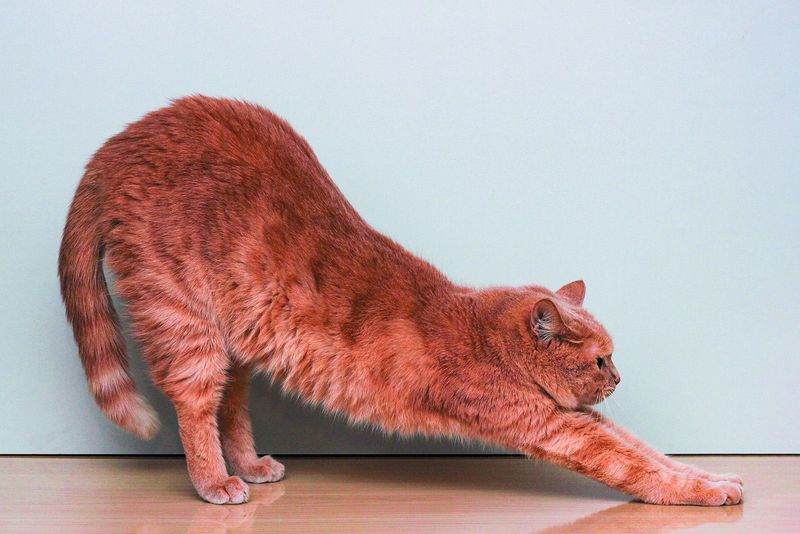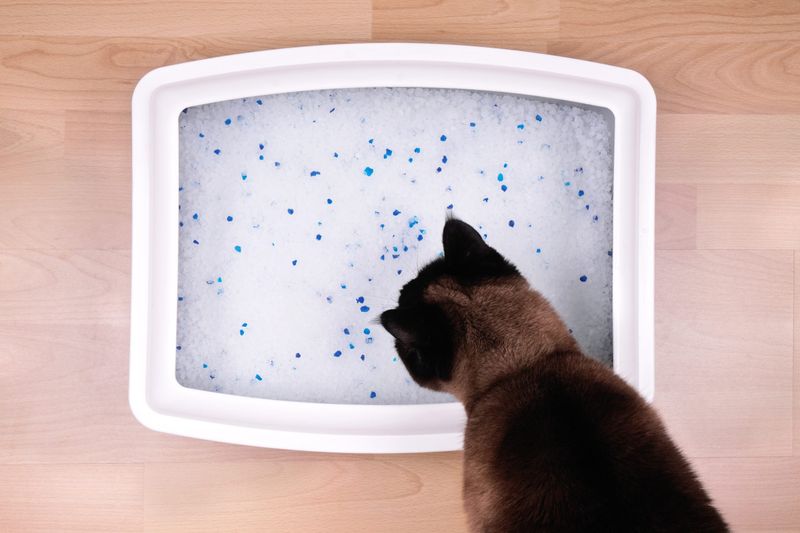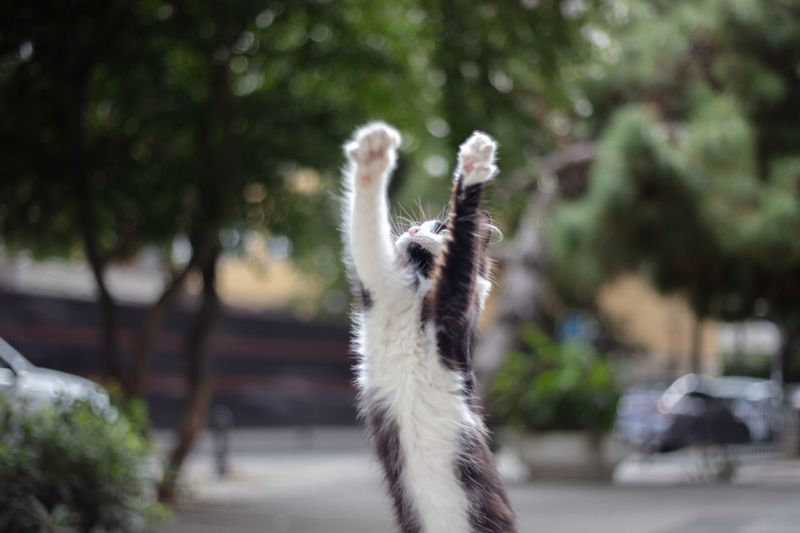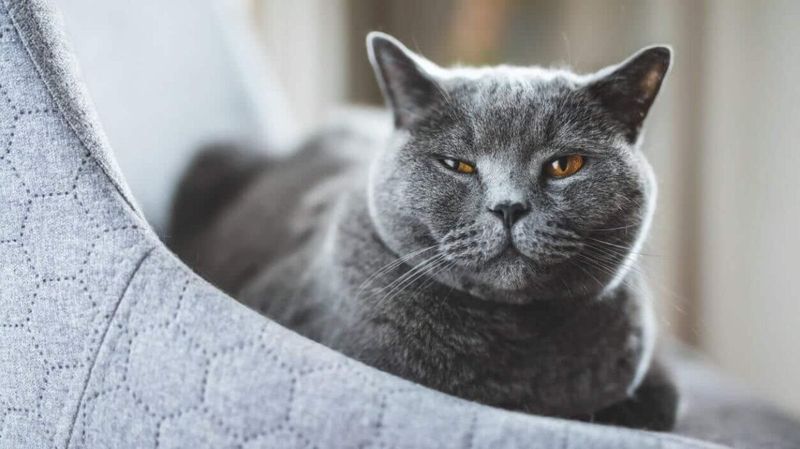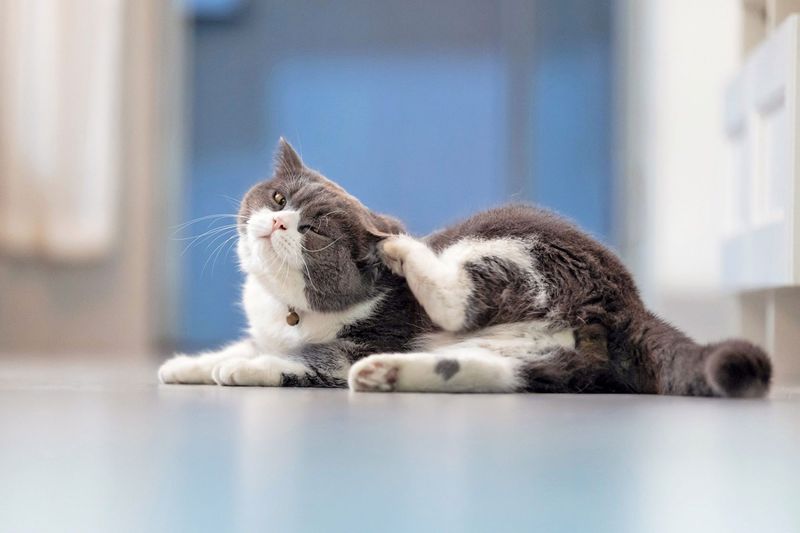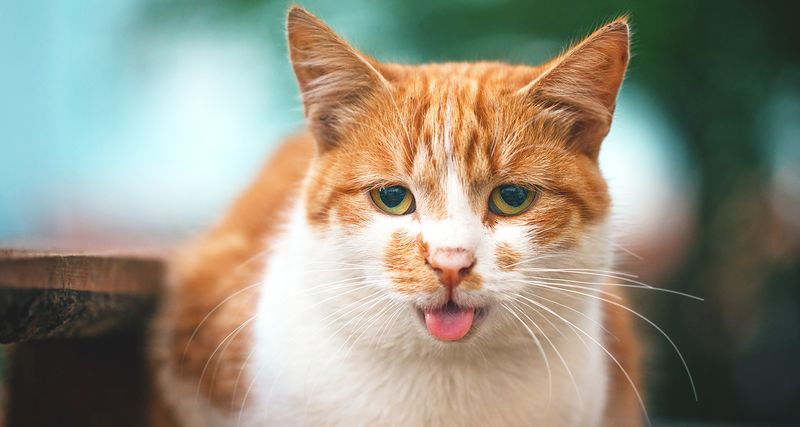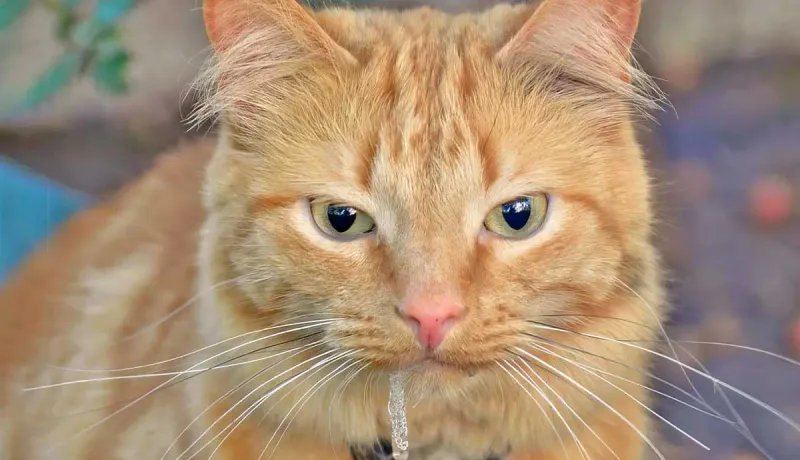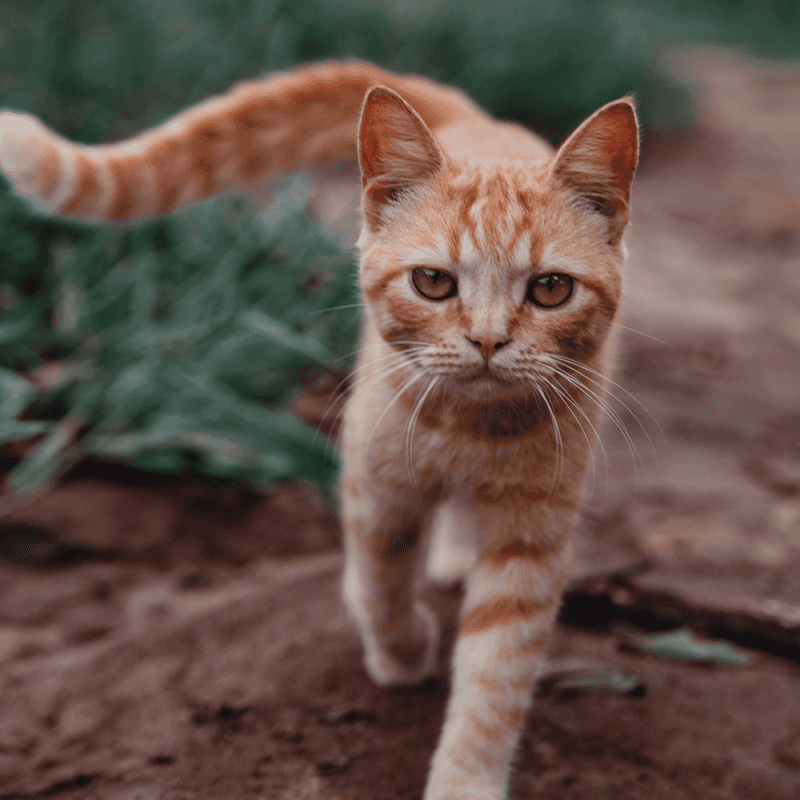Cats have a remarkable ability to mask pain, often hiding their discomfort until it becomes too overwhelming to ignore. This stoic nature can make it challenging for owners to recognize when something is wrong. Paying close attention to small changes in behavior is key to identifying potential pain early on.
Recognizing the signs of pain in a cat requires a keen eye, as they tend to avoid showing vulnerability. Physical and behavioral cues can be subtle, but they offer important clues about your cat’s well-being. By being aware of these signals, it’s possible to address issues before they escalate.
Ensuring that your cat stays comfortable and healthy means understanding these pain indicators and responding accordingly. Whether it’s a change in movement or vocalization, each symptom can provide insight into their physical state. Taking action early can make all the difference in maintaining their quality of life.
1. Change in Appetite
When a cat is in pain, one of the first noticeable changes might be in their eating habits. A sudden lack of interest in food or water can indicate discomfort. Cats may also become more picky about what they eat, refusing their usual favorites.
Additionally, some cats may eat less because they find the act of eating painful, especially if they have dental issues. Monitoring your cat’s eating patterns is essential. If you notice a significant change, consider consulting your vet. They can help determine if the change in appetite is linked to pain or another underlying issue.
2. Lethargy
Lethargy in cats can be a subtle yet telling sign of pain. If your cat is usually active and curious but suddenly becomes withdrawn or less interactive, it might be due to discomfort.
Cats in pain often spend more time resting and may not participate in their usual playful activities. They might also sleep more or appear less responsive to stimuli. Keeping an eye on your cat’s energy levels can be crucial. If lethargy persists, it’s advisable to take them to a vet. This behavior change can often be one of the earliest indicators of an issue.
3. Vocalization Changes
Cats communicate a lot through vocalization, and changes in this behavior can signal pain. If your feline friend starts meowing more frequently, or in a different tone or pitch, it could be due to discomfort.
Some cats might cry out or growl when they’re in pain, particularly if touched in a sensitive area. Paying attention to these vocal cues is important. If your usually quiet cat becomes noisy, or the opposite, it’s time to consider a vet visit. Understanding your cat’s language can significantly improve how you respond to their needs.
4. Increased Aggression
Anger in cats can often be linked to pain. If your cat becomes unusually aggressive, lashing out at family members or other pets, it may be due to underlying discomfort.
Cats in pain might have a shorter temper and may react more fiercely to touch or handling. Observing your cat’s interactions can provide clues. If you notice a sudden spike in aggressive behavior, it could be a defensive response to pain. Consulting with a vet can help identify the cause and provide relief for your pet, improving their mood and behavior.
5. Hiding More Often
Sometimes, the quietest cats are the ones who need the most attention. If your usually outgoing cat begins seeking solitude, it might signal discomfort or illness. This behavior is rooted in their instincts, as hiding makes them feel safe in times of distress.
Check common hiding spots like under beds or in closets if your cat suddenly seems to disappear. Frequent hiding can be a sign that something is wrong, so it’s wise to monitor this behavior. If it continues, a visit to the vet is recommended to address any potential health issues.
6. Changes in Grooming Habits
A well-groomed cat is typically a healthy cat, but when that routine is disrupted, something may be amiss. If your cat stops grooming, it might be due to discomfort in specific areas. This can result in a disheveled appearance or matted fur.
Conversely, some cats might over-groom a painful area, resulting in bald spots or skin irritation. Observing grooming habits is key. If you notice changes, inspect your cat for any signs of injuries or discomfort. Consulting your vet can help address these grooming issues and ensure your cat remains healthy and comfortable.
7. Altered Sleep Patterns
A shift in your cat’s sleep schedule might reveal more than just a change in habits. Cats are creatures of routine, and any deviation could indicate pain or discomfort. If your cat is restless or awake during unusual hours, it may be time to investigate further.
Pain can disrupt their ability to get comfortable, affecting their sleep. Monitoring sleep patterns will help. If your cat is unusually active at night or sleeping excessively, it’s time to consider a vet check-up. Addressing any sleep disruptions can improve your cat’s overall well-being and help identify underlying issues.
8. Unusual Posture
Body language is a key indicator of a cat’s health, and unusual postures might indicate pain. A cat in discomfort might arch its back, tuck its tail, or sit hunched over more than usual.
These postures are often attempts to alleviate pain or avoid aggravating an injury. Observing your cat’s posture, especially during rest, can provide insights into their comfort levels. If you see persistent awkward postures, it’s advisable to have them examined by a vet. Understanding and responding to these non-verbal cues can help ensure your cat’s health.
9. Avoiding Litter Box
When a cat begins avoiding the litter box, it’s usually a red flag that something is wrong. Pain, especially from urinary or digestive issues, can make them associate the box with discomfort. If your cat starts eliminating outside the box, it may be a sign of distress or physical pain.
Ensure the litter box is clean and accessible. If the problem persists, it might be time to consult your vet. Addressing the underlying issues can not only solve the litter problems but also help your cat feel more comfortable and at ease in their environment.
10. Difficulty Jumping
Cats love to jump and climb, so if your feline friend suddenly struggles with these activities, it could be a sign of pain. Difficulty jumping onto furniture or climbing stairs might indicate joint or muscle problems.
Observing your cat’s mobility is important. If they hesitate or show reluctance to jump, it’s worth investigating further. Providing easier access to their favorite spots can help, but consulting a vet is crucial. Identifying and treating mobility issues can improve your cat’s quality of life and ensure they remain active and happy.
11. Facial Expression Changes
Subtle changes in your cat’s facial expressions can indicate pain. A cat in discomfort might have tense facial muscles or squint more than usual. Their eyes may appear narrower, or they might hold their ears back.
Observing these expressions closely can give you clues about their well-being. If you notice persistent changes in facial expressions, it’s a good idea to seek veterinary advice. Understanding these subtle signals can make a big difference in identifying when your cat is in pain and ensuring they receive the care they need.
12. Increased Scratching
A sudden increase in scratching might be your cat’s way of dealing with discomfort or stress. Cats tend to scratch when they’re trying to relieve anxiety or physical pain.
If your cat is scratching more than usual, it’s important to check their skin and fur for irritation or parasites. Providing appropriate scratching posts and ensuring they’re free from pests can help. If the scratching persists, a vet visit is recommended. Addressing any underlying issues can help soothe your cat and reduce excessive scratching, ultimately leading to a happier and healthier pet.
13. Changes in Breathing
When a cat’s breathing becomes faster or more shallow, it could be a sign of discomfort or pain. Cats in distress often experience changes in their breathing patterns. If you observe this, it may be time to seek veterinary attention.
Labored breathing can be a serious concern and should be addressed promptly. Observing your cat’s breathing during rest can help identify problems early. If you notice any unusual changes, it’s crucial to consult your vet immediately. Timely intervention can prevent complications and ensure your cat receives the care they need to breathe easily and comfortably.
14. Excessive Salivation
Excessive salivation, or drooling, can be a sign that your cat is in pain, particularly if it’s sudden or unusual for them. Dental issues, nausea, or other discomforts can lead to drooling.
It’s important to monitor the frequency and context of this behavior. If your cat’s drooling seems out of the ordinary, consider visiting the vet. They can assess whether dental problems or other issues are causing the drooling. Addressing these concerns can help alleviate your cat’s discomfort and prevent further complications.
15. Tail Flicking
The flicking of your cat’s tail can be an important clue to its well-being. Though cats often flick their tails out of frustration, an increase in this behavior with no apparent trigger could mean your cat is in pain.
Observing your cat’s tail movements, especially in conjunction with other behaviors, can provide insights into their health. If your cat frequently flicks its tail in a seemingly calm environment, a vet check-up might be necessary. Understanding these cues can help you better respond to your cat’s needs and ensure they remain comfortable and happy.
